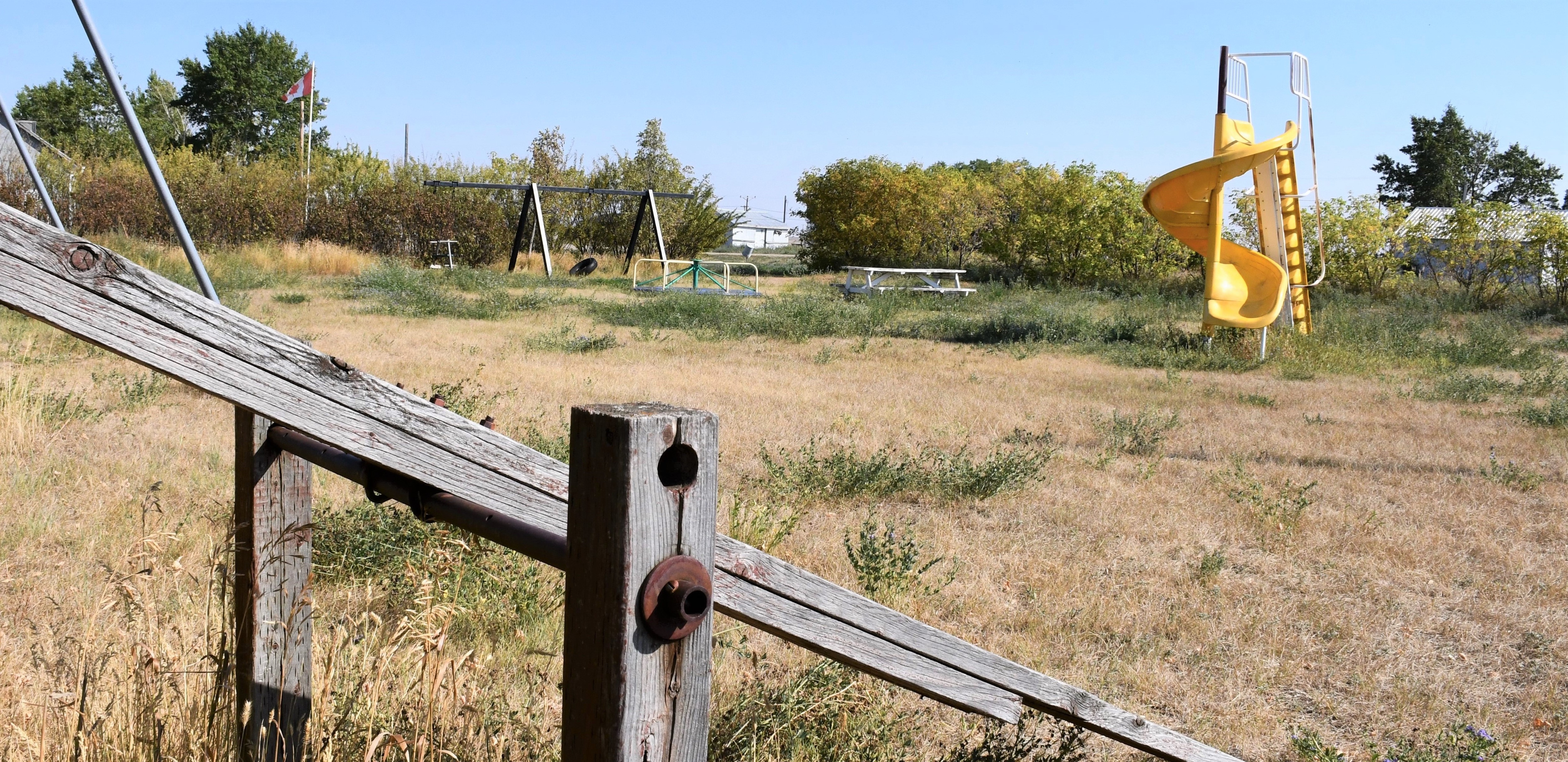For your health
Saskatchewan has a history of being unable to draw doctors to rural communities. It’s a trend seen Canada-wide: a report published in 2005 by the Canadian Institute for Health Information indicates that less than 16 per cent of family doctors lived in rural areas, as defined by Statistics Canada.
The numbers are worse for specialized doctors, with only 2.4 per cent of specialists located in rural areas.
“I think Saskatchewan faces a unique challenge,” health-care policy consultant Steven Lewis said. “Our rural areas don’t have very big towns. And as the demographics have shown for decades, most of them are dying.”
The government also started the Rural Physician Incentive Program to entice doctors to come work in small-town Saskatchewan. The program provides “retention incentive” payouts to any doctors practicing in communities with a population of less than 10,000, with few specific exceptions. The program payouts increase at the end of each of the four eligible years of the program.

Saskatchewan Association of Rural Municipalities president Jay Meyer and Lewis both said that despite the successes of programs like Saskdocs, it don’t mean the problem is solved. Physicians are still densely packed in cities, he added, and recruiting doctors to rural Saskatchewan isn’t getting easier.
“Very few highly trained, highly paid professionals choose to relocate to small towns like Saskatchewan has,” Lewis said. “These aren’t places with four and five thousand, which have some infrastructure.”
“Most of our communities are much, much smaller, and very few people in any occupation choose to live there.”
A 2014 report from the Canadian Institute for Health Information said 79.9 per cent of people in Saskatchewan say they have a regular doctor. It’s below the national average of 85.1 per cent, and the second-lowest of any province.
“Despite the fact that we have a very improved physician workforce, we’re still not seeing the distribution in the way it would best serve the rural or remote communities,” she said.
Sivertson noted that “the farther you are from care, the poorer the outcomes tend to be” for medical services. She said getting doctors out to rural communities isn’t as easy as monetary incentive. Families of doctors are affected by relocations as well.
Sivertson said the SMA wanted to make sure that not everything became centralized with the switch to a single health region.
“We wanted to assure that they were extremely careful and cognizant as they were designing the new system … we’ve gone to a single health region but there is the awareness of the different issues that face the different areas of the province,” she said.
“In a provincial organization where we have challenges regionally … to be able draw on the resources across a $3.8 billion organization instead of just asking your partner organizations if they can help out, would be a significant improvement,” Livingstone said.
While other provinces like Alberta have made a conversion to a single overarching health authority to save money and centralize administration, Lewis said this is not necessarily the best move to help rural communities get better access to doctors.
Lewis suggested that the government implement a “geographic quota” system where the provincial government regulates where doctors can set up practices based on the number of doctors and the population of a given area.
“The math just doesn’t add up anymore. It may be possible for the government to negotiate with the medical association more of a geographic approach to doing this, and holding the line on how many new practices would be supported in the city,” Lewis said, adding that there is precedent for this style of system in Quebec and New Brunswick.
But with additional hospitals simply not “feasible,” Lewis said communities have to learn to pool their doctors together – as Jay Meyer suggested with other services – and accept the possible hazards of living in a rural community.
“Are you at added risk living in a rural area if you have a serious incident that’s time-dependent, like a stroke or a heart attack? Probably,” Lewis said. “It is the price you pay … that’s just life.”
“It is the price you pay … that’s just life.”